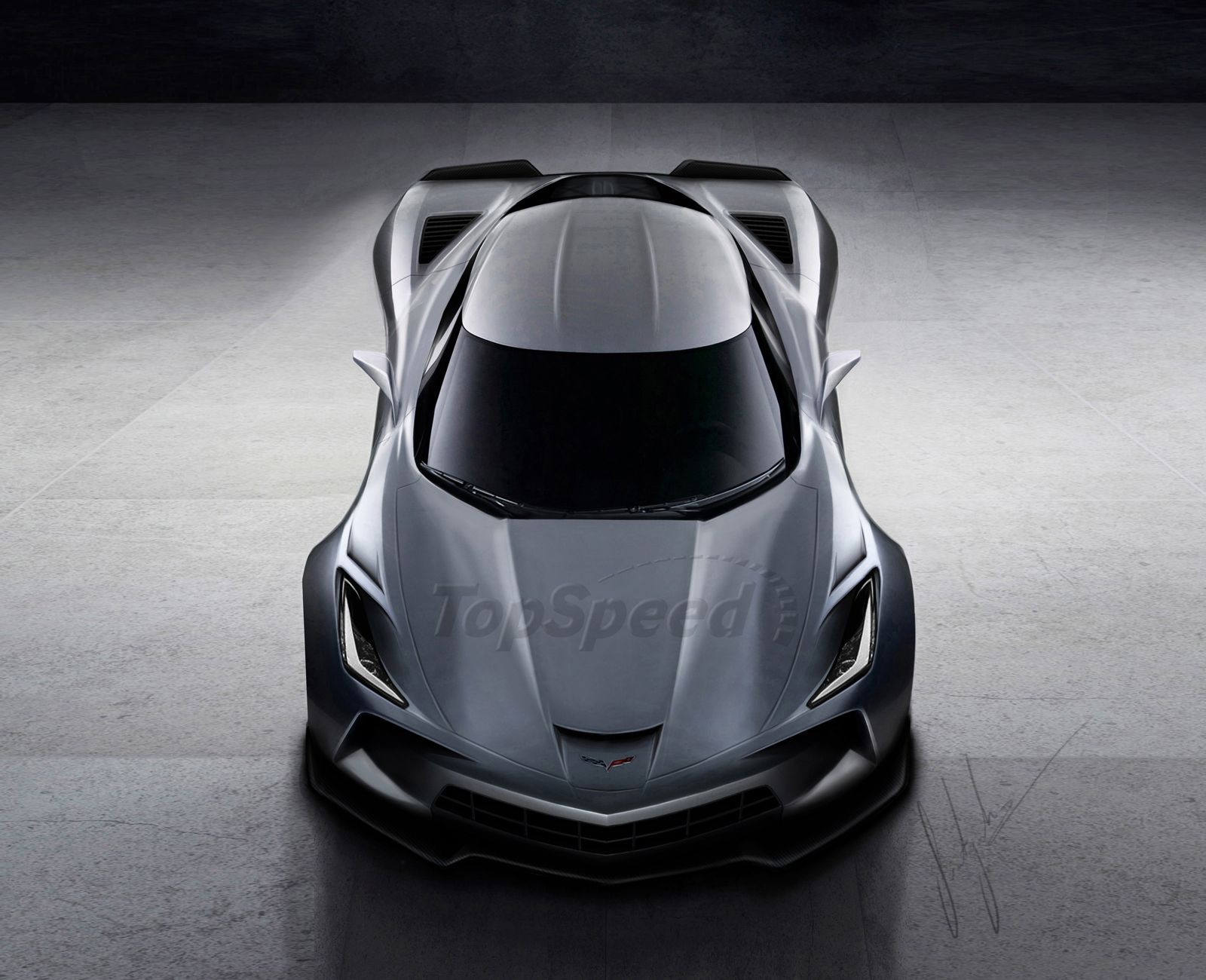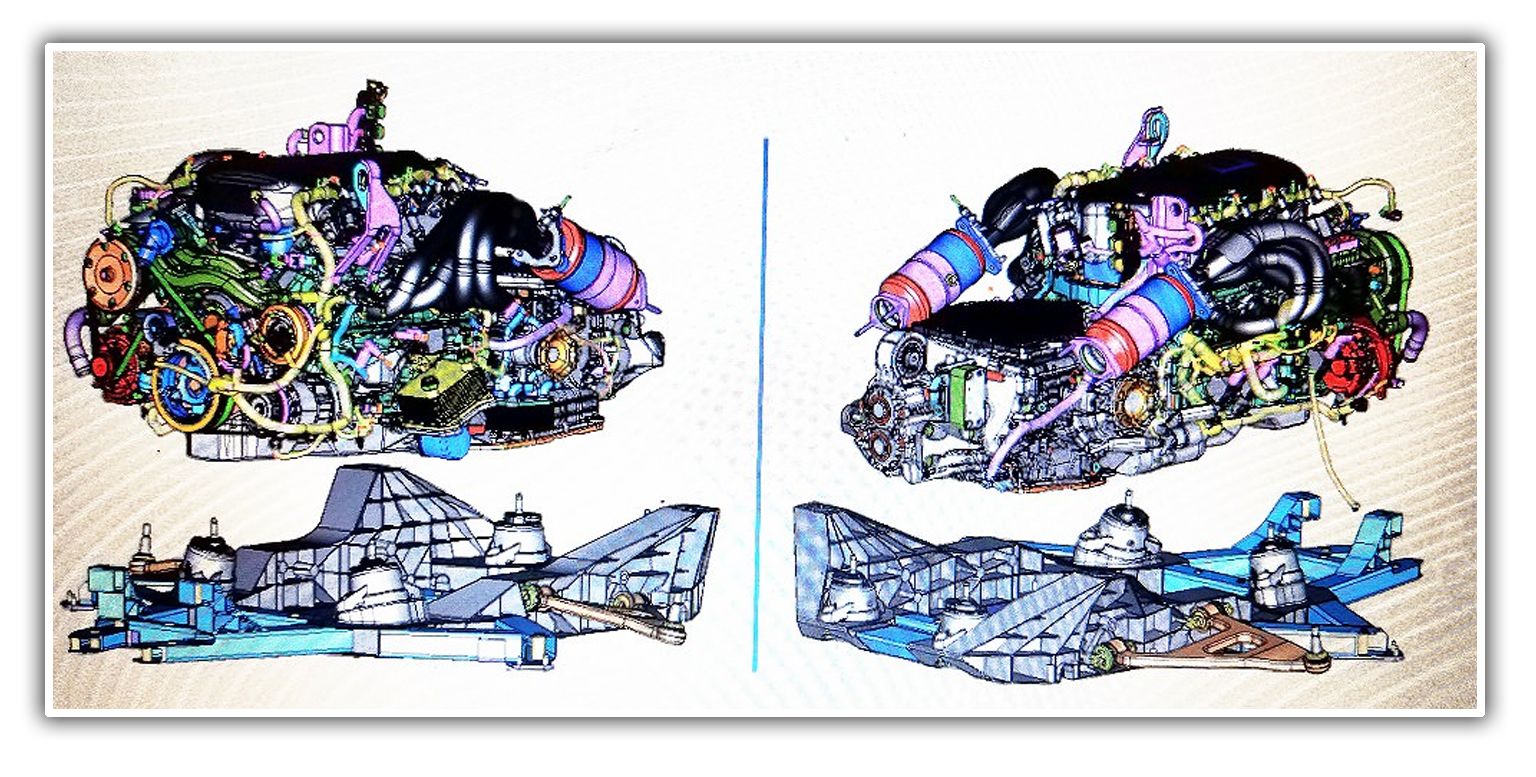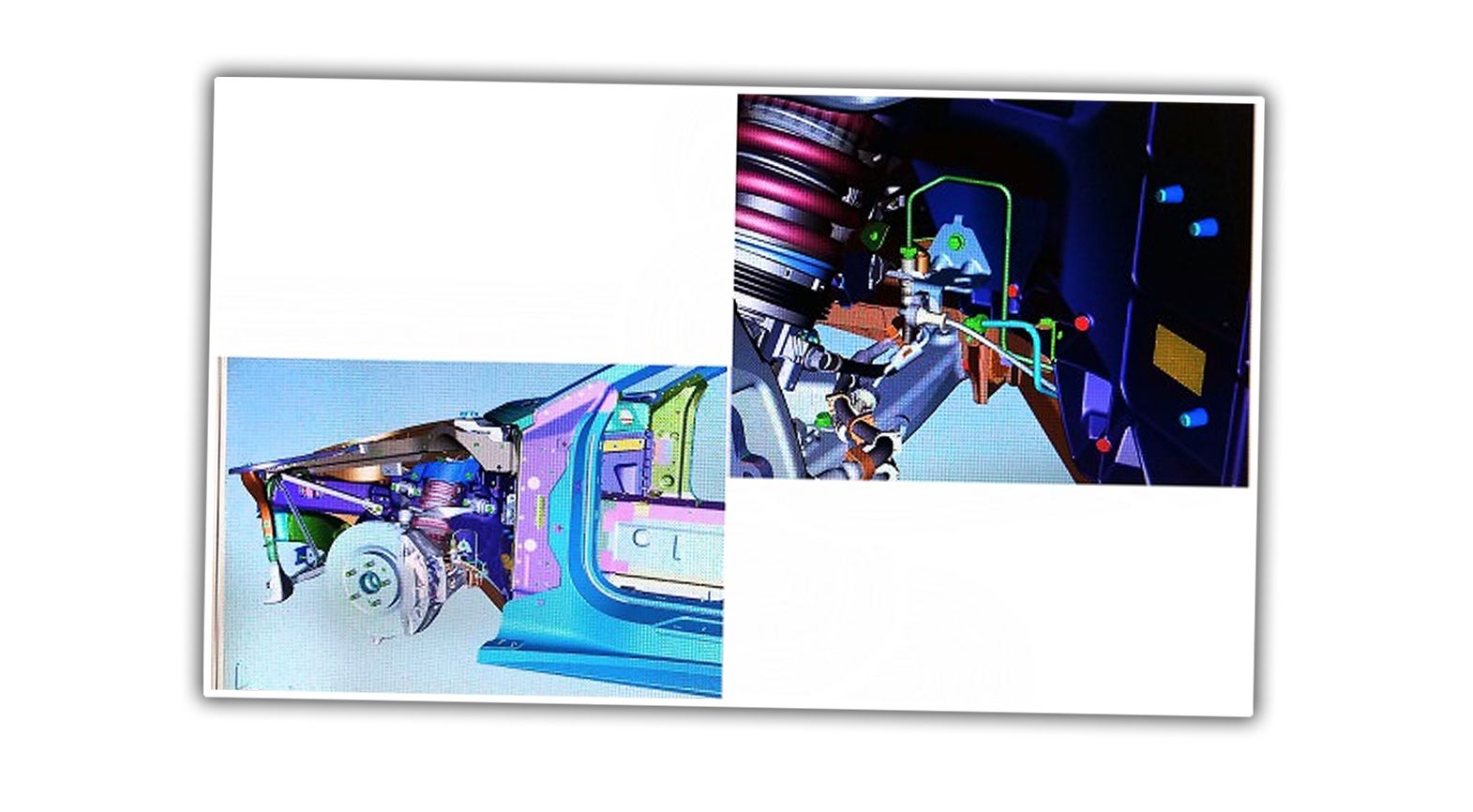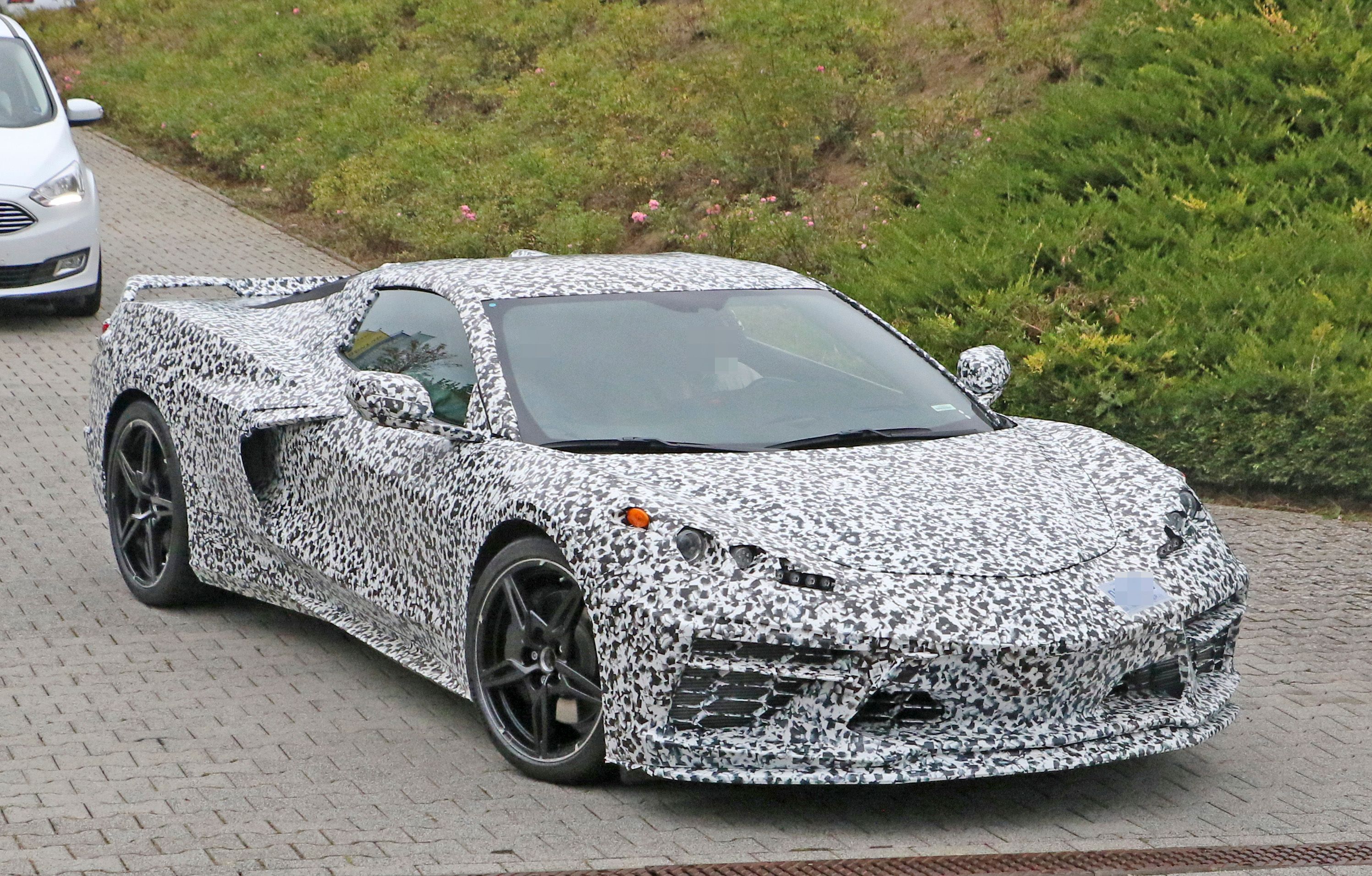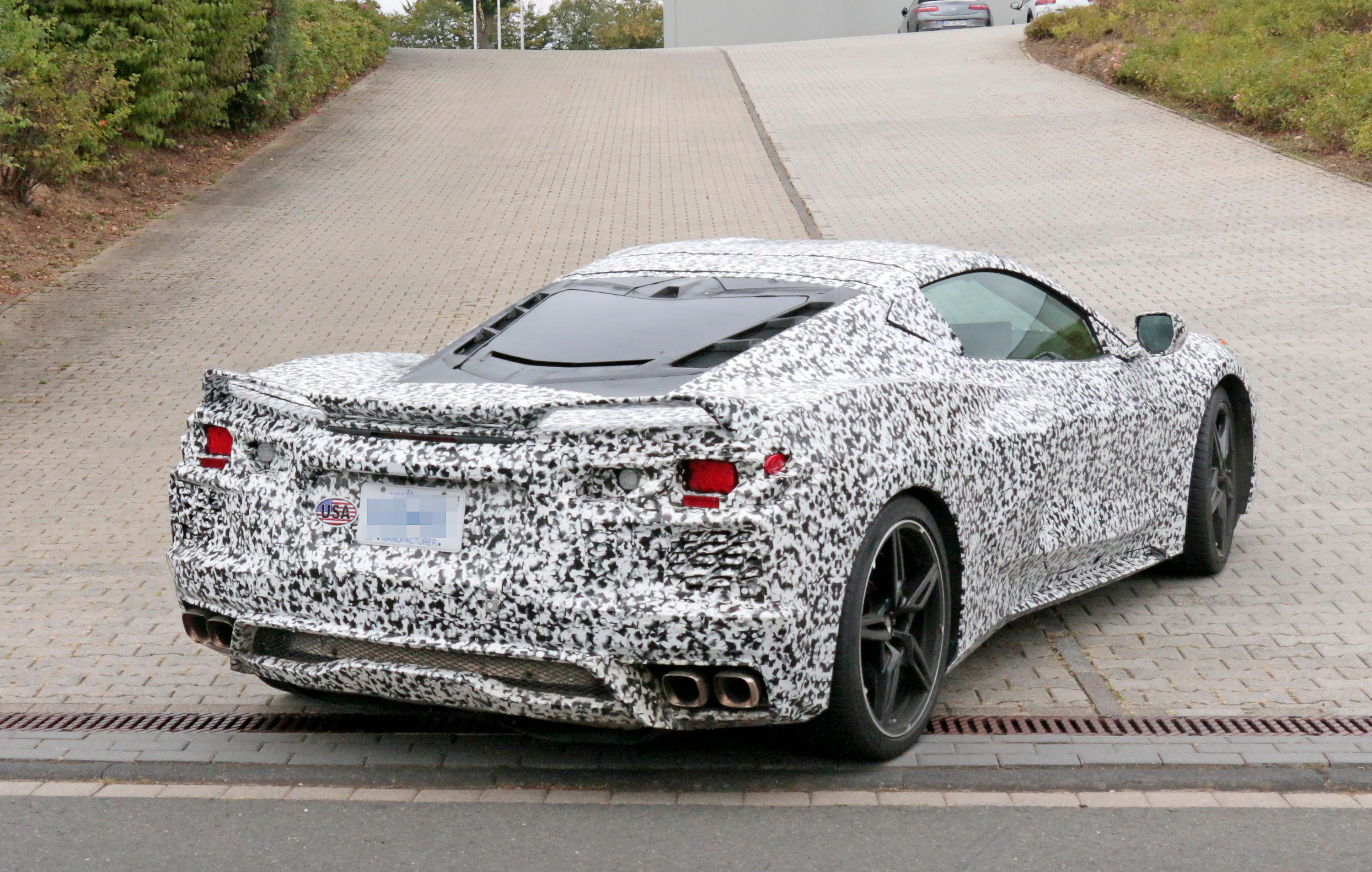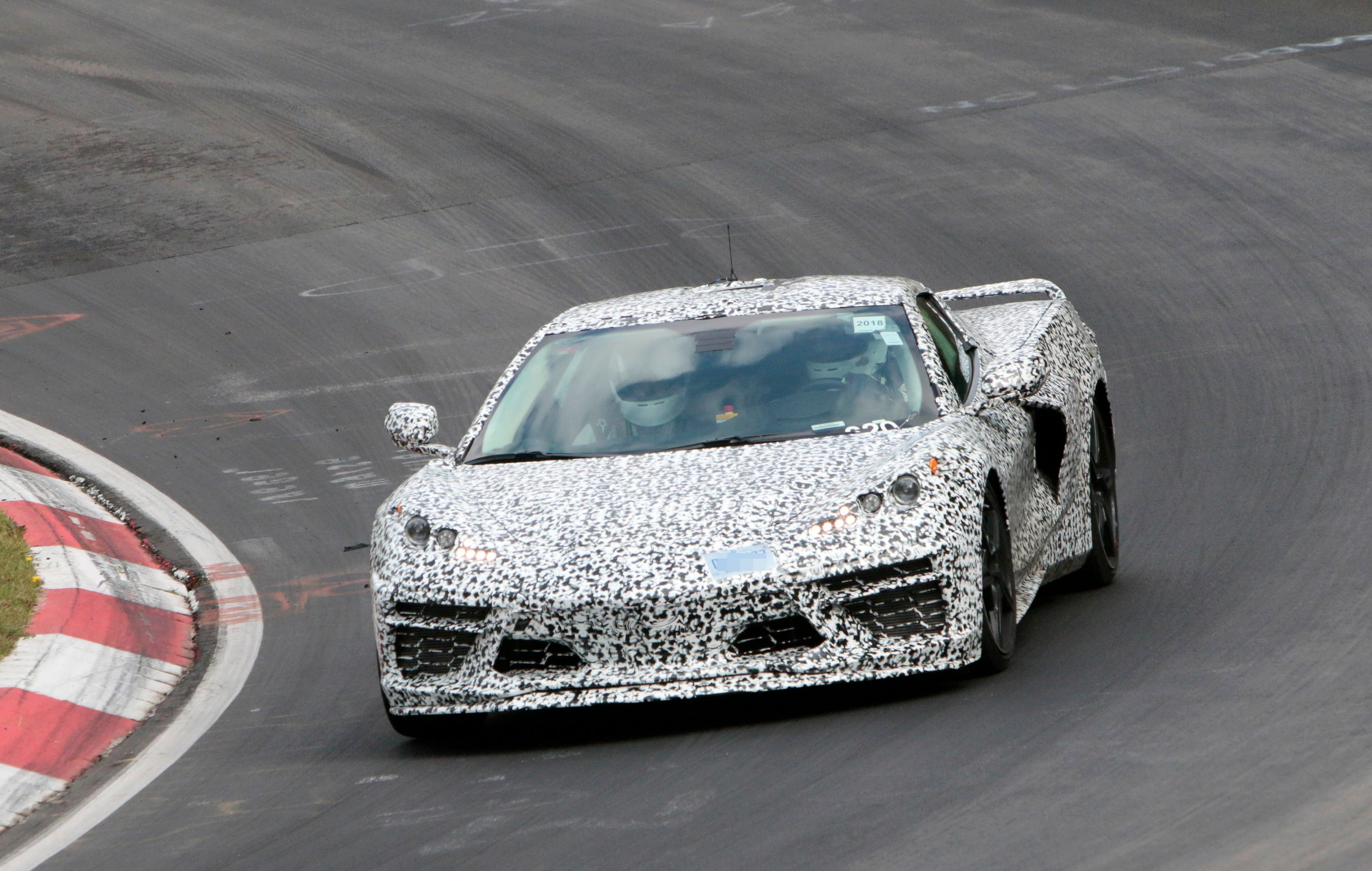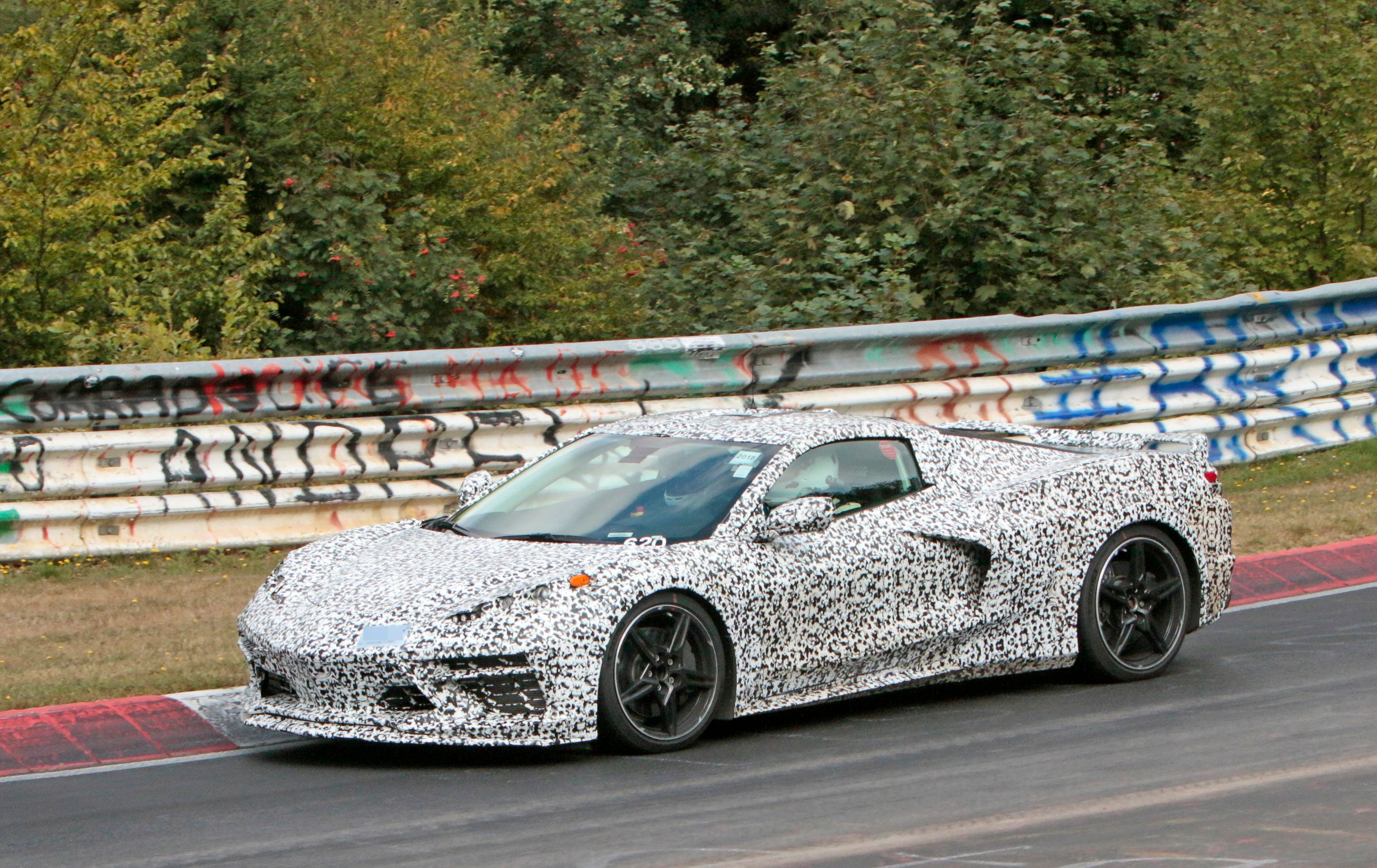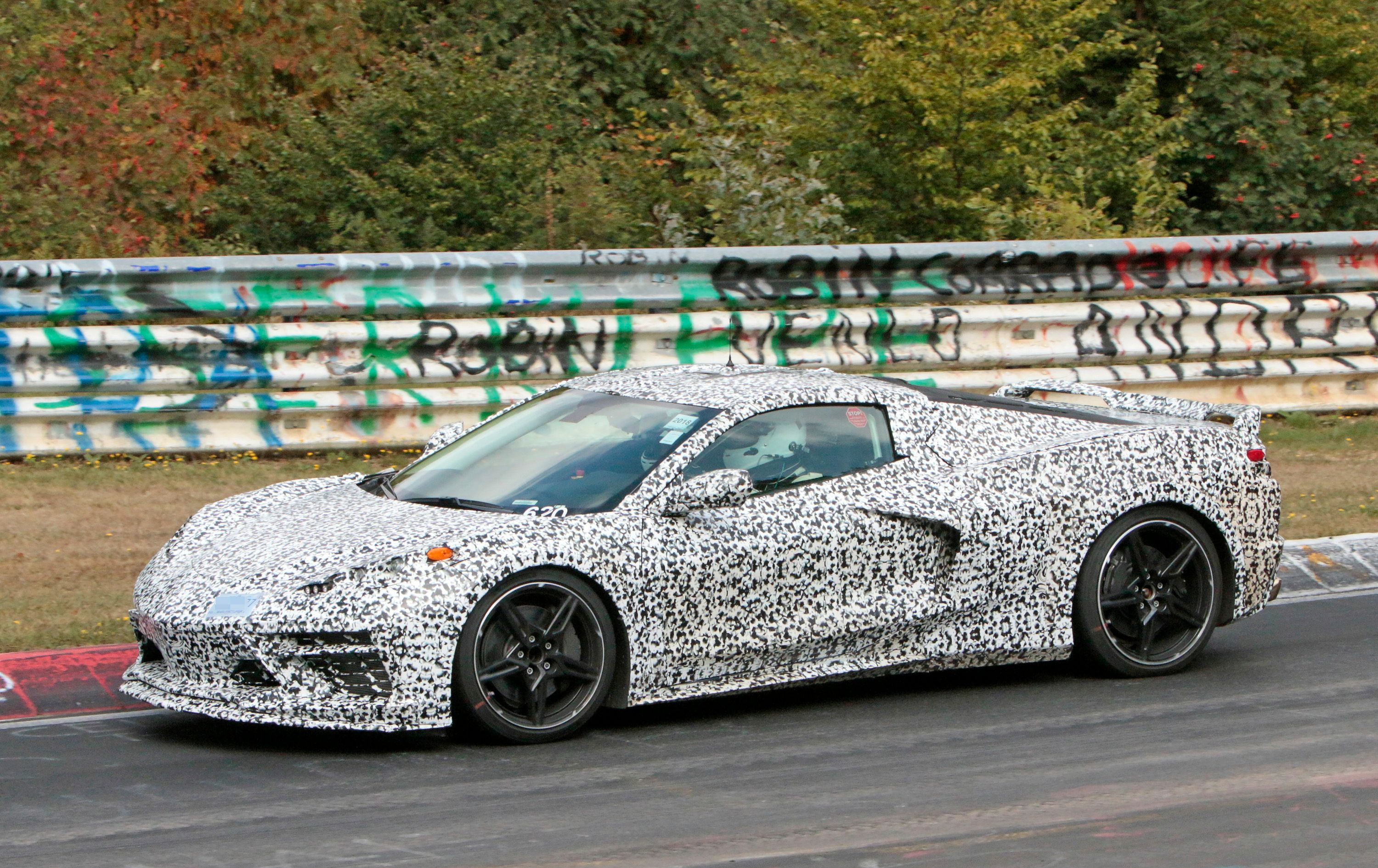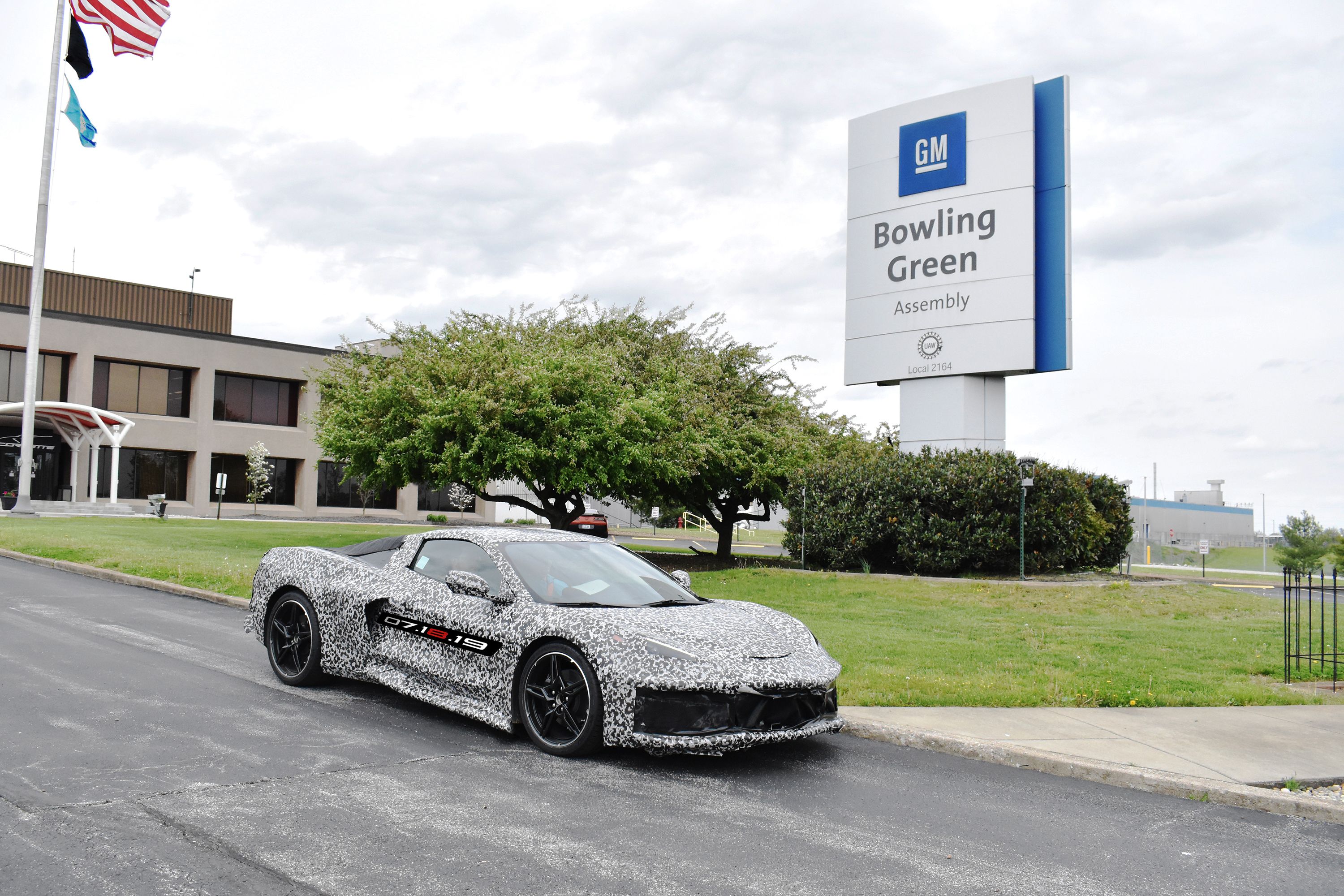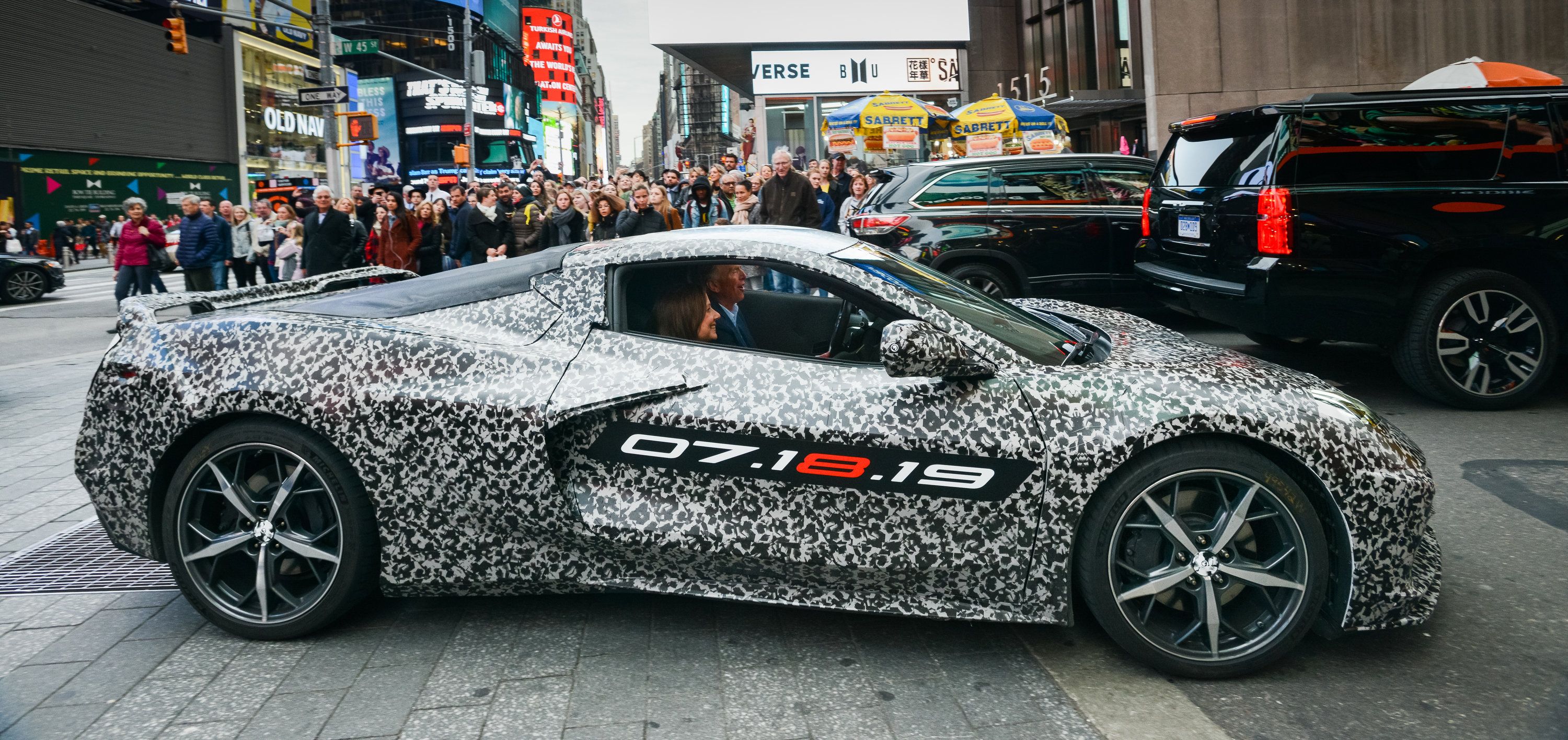Last week, General Motors announced that it's adding a second shift at the Bowling Green Plant in Kentucky that makes the Chevrolet Corvette to cope with the demand for the soon-to-arrive C8. This got us wondering if GM is planning to further increase production in the future and make a second mid-ship sports car next to the Corvette at Bowling Green, maybe something that could be marketed as an American MR2 of sorts or something else entirely.
It's been four years since GM announced it will spend $439 million to update the Bowling Green plant in order to implement "dry scrubber booth technology with limestone handling system designed to eliminate sludge water, light-emitting diode (LED) lighting to improve visual inspection, FANUC robots that can apply paint more efficiently and high-efficiency baking ovens for better paint finish while using less energy." That was just a part of a more than $900 million investment plan greenlighted by GM before we even started seeing the first C8 mules on the road.
Now, off the heels of the announcement that the Corvette C8 will be unveiled at a standalone event on July 18, 2019, GM CEO Mary Barra and other members of GM's and Chevy's top brass announced that a second shift will be added and 400 hourly jobs will be up for grabs over the +900 people that currently work at the Bowling Green Plant. Can this announcement tell us more about the giant automaker's plans other than the mere fact that it's attempting to build C8s in droves? Let's investigate.
Can the world cope with more than one American mid-engine sports car?
A decade has passed, and with Pontiac going under, there's clearly no chance of ever seeing the Fiero back, right? Or is it?
Well, frankly, I don't think Pontiac will be brought back to life anytime soon, although we see brands like MG make a comeback. This doesn't mean other GM products with the engine behind the cockpit are completely off the cards.
Actaully, Hagerty asked former Corvette Chief Engineer Dave McLellan, the man who replaced Zora Arkus-Duntov at the helm of the Corvette project, the question on everyone's minds, namely: "What took so long?" After all, it was Duntov's plan all along to introduce a Corvette that would feature the same architecture as Ferrari's racing cars from the early '60s (think the Le Mans-winning 250P, for instance) but it never happened under the Belgian-American's watch.
"While there was ample interest in doing a mid-engine sports car within Corvette engineering and GM’s design department, neither the Chevrolet Division nor corporate management was onboard with the idea," said McLellan quoted by Hagerty.
But it wasn't only the lack of interest from GM's high-ranking suits that postponed the mid-engine Corvette again and again. The core base of Corvette fans and, most importantly, buyers, weren't particularly chuffed about the idea while McLellan was in charge.
"What has surprised me over the years, when experimental mid-engine cars have been displayed at gatherings such as Mid America’s Corvette Funfest, was Corvette owners’ lack of interest in moving from the traditional layout," he pointed out. What's more, not all of Duntov's followers were necessarily mid-engine advocates. Dave Hill, for instance, the man who replaced McLellan in 1992 while the C4 was still in production, had this to say about the imminent prospect of a mid-engine 'Vette: "If there will be only one Corvette, I feel the layout of the fifth, sixth, and seventh-generation cars is best. Versatility is what made Corvette a segment leader." He also adds that, if Chevy were to offer the C7 alongside the C8, there will still be people stopping by dealerships to buy the front-engined grand tourer. As we now know, this won't be the case.
But it almost happened in the past!
That's a lot of time here on Earth. There have been automakers that didn't live to celebrate their 50th anniversary, heck, there are even some that didn't live past the 10-year mark. But, as I chronicled in my article about the mid-engined Corvette studies that never made it to production, one of them was slated to be introduced as a lesser option to the then-current Corvette C3.
It came during what should have been GM's rotary revolution. GM, incentivized by then-President Ed Cole, paid some $50 million to acquire the rights to build Wankel-type engines of its own in 1970 and they were supposed to take over by 1973. The idea behind it all was that the Wankel was supposed to be a more reliable option to the existing SOHC units while also delivering similar or better fuel economy.
So, the unsatisfactory unit and all of its hopes effectively retired along with Ed Cole, in late 1974 (the program was officially canceled in 1977). In this brief window of apparent opportunity, though, there was time for the Corvette to be bitten by the bug.
The XP-897GT prototype sat on a modified Porsche 914 chassis due to lack of both time and resources and featured a Pininfarina-penned body that followed the design language of the Aerovette, albeit in a more stocky manner. The car's two-rotor Wankel engine positioned behind the seats put out about 250 horsepower mated to a three-speed automatic transmission. Duntov wasn't happy about the outcome as XP-897GT was 500 pounds heavier than a Porsche 914 and wasn't as quick as a C3. That's why I reckon that it would've fit the bill as a sub-Corvette sports car offering from Chevrolet.
A note on the Fiero
As it happened, though, the sub-Corvette sports car offering that came from within the GM family ended up wearing the Pontiac badge and, indeed, it benefited from a rear-mid-engine layout. Interestingly enough, Pete Estes, who succeeded Ed Cole as President of GM, was the de facto creator of the Pontiac Banshee during his tenure as Pontiac's General Manager in the early-to-mid-'60s.
Then, over a decade later, the idea of a budget sports car reemerged in the minds of those working within Pontiac’s Advanced Engineering group led by Hulki Aldikacti. This time, though, the engine was to be placed in the middle so as not to mess with the Corvette's clientele. The idea was pushed through top management with the help of Chief Engineer Robert Dorn who was of the opinion that a cheap and economical model could help Pontiac meet its CAFE standards. Eventually, the program was given the green light under the assumption that the end result would be a two-door, economical commuter that could average up to 50 mpg. Since it had to also be cheap, the budget for the Fiero was limited and it showed later on.
As Aaron Severson wrote, "keeping the P-car out of the normal development channels allowed Aldikacti to control costs and limit bureaucratic delays and interference. Less happily, it also reflected the project’s marginal status within the division." In the end, the "plastic" Fiero was fitted with the Iron Duke, a 2.5-liter, four-pot that was lackluster throughout - if not plain bad.
So, what does all this leave us with?
I briefly delved into the history books to retell two stories of two distinct budget mid-engine sports cars from GM: one that never made it and one that did but was axed just as it was finally living its potential. What this is telling me is that, yes, GM can come forth and manufacture a mid-engine car quicker than in 50 years (or about eight years since the C8's been in development) but, ultimately, it won't be right. It also won't be right unless you pour an adequate amount of money in it.
What this means is that a mid-engine sports car from GM can only be a high-performance, exclusive, and, frankly, rather expensive one. In other words, don't expect to see any other mid-engine GM products in the near future beyond the Corvette C8 line. I'm not saying it'll never happen - see Cadillac's plans for a production version of the Cien that were still alive almost a decade after the prototype's unveiling.
For the time being, we have to see how the Corvette C8 will be received by customers, what issues will slow it down in the early days of production - although this may not be the case at all - and only then can we gauge GM's interest in other mid-engine exploits. Also, in my view, the Corvette C8 offering will be varied enough to be a family of its own.
We've heard time and again rumors that Corvette will become a genuine sub-brand and that more models will join the 'basic' Corvette but this never transpired. Now, though, this may happen in a way if, for instance, the top-of-the-line C8 will receive the 'Zora' name that was trademarked by GM five years ago.
Further reading
Read our speculative review on the 2020 Chevrolet Corvette C8.
Chevy Adds Hundreds Of Workers To 2020 C8 Corvette Production
Everything We Know About The Mid-Engined 2020 Chevy C8 Corvette


